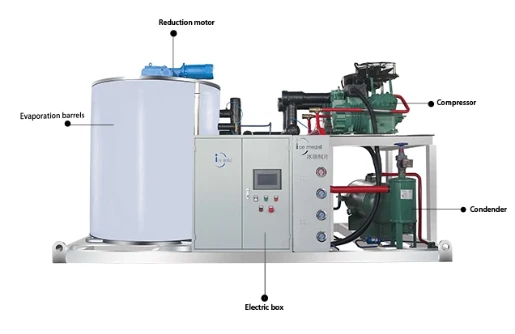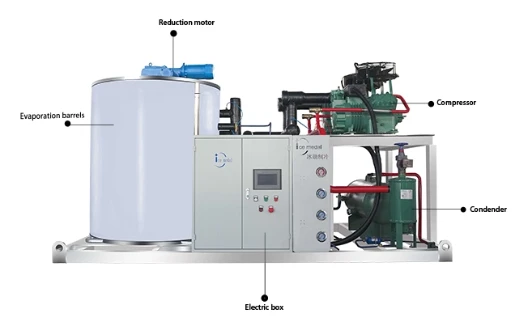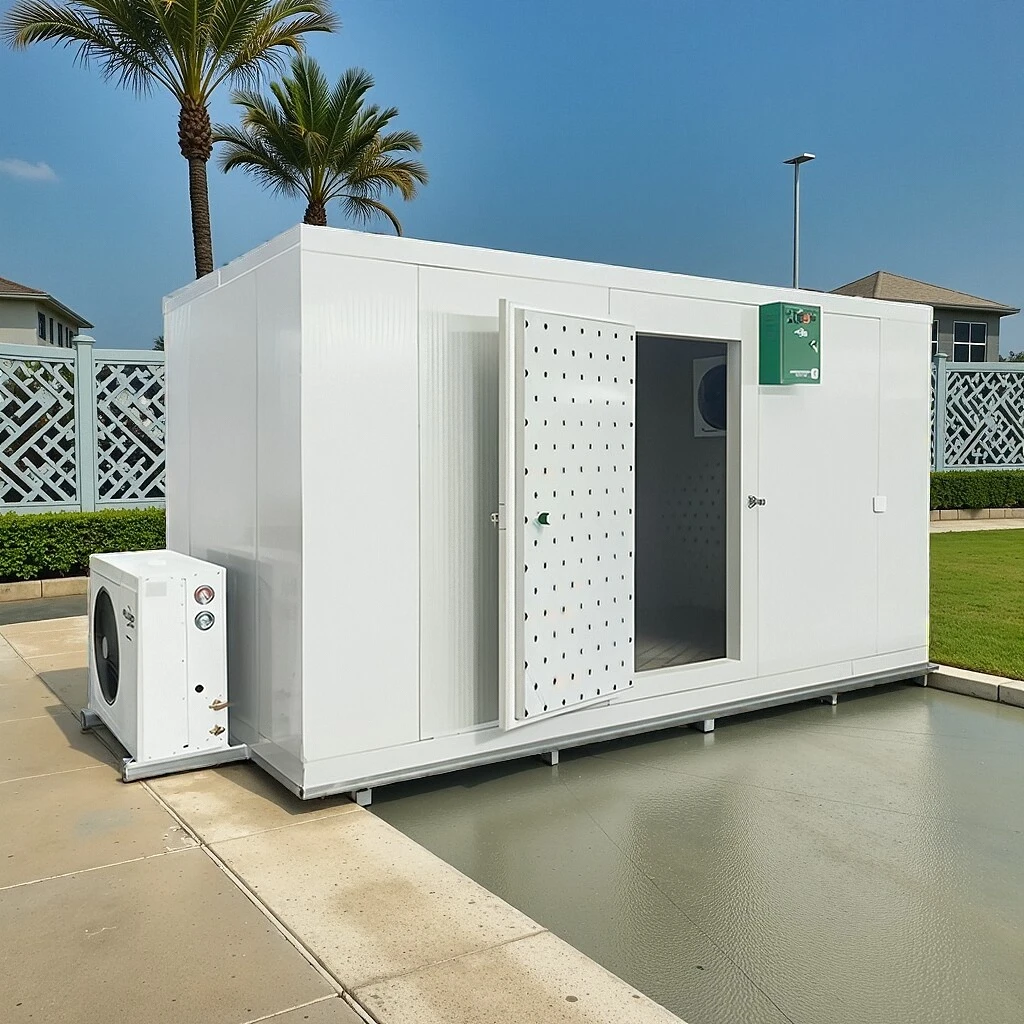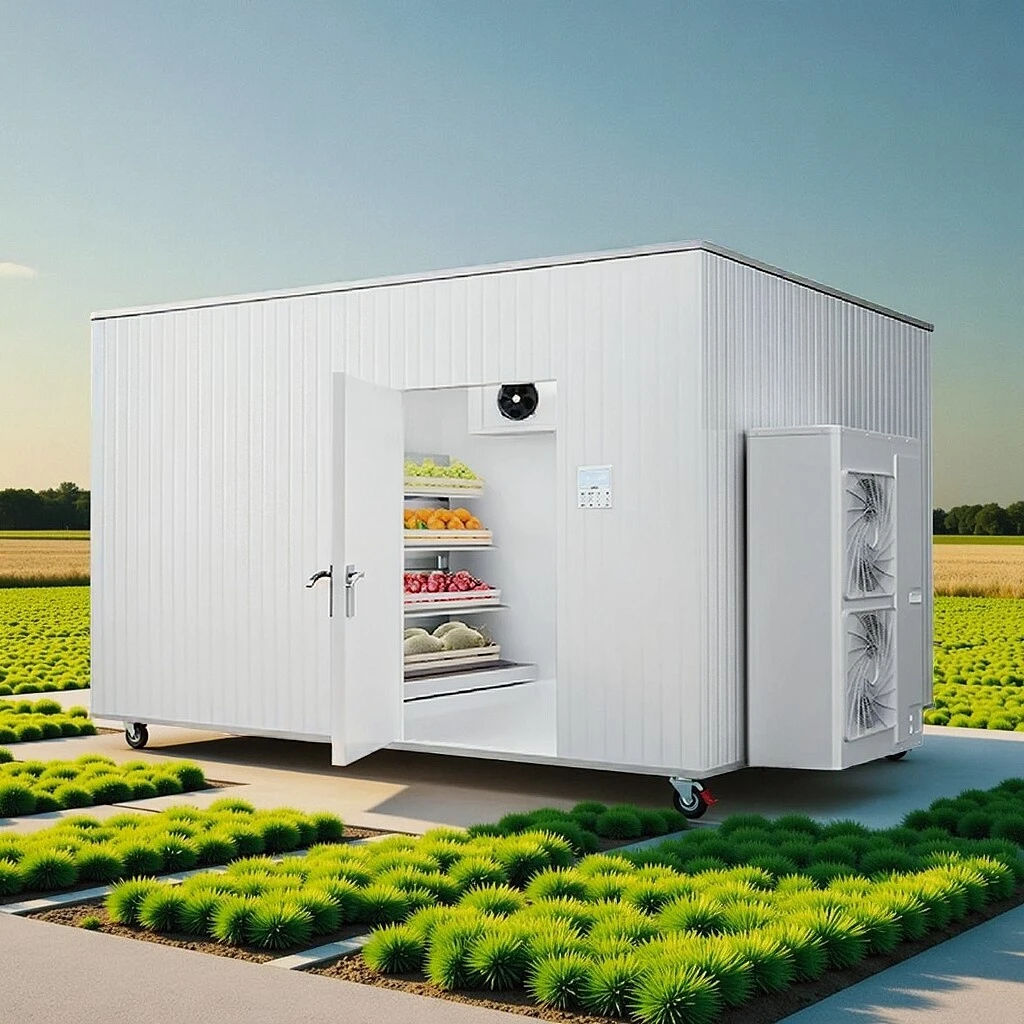Understanding Walk-In Freezer Refrigerant Types and Applications
Walk-in freezers and coolers are essential for preserving perishable goods, including food and beverages, in various commercial and industrial settings. This article will explore the different refrigerant types used in walk-in freezers, the applications of temporary walk-in coolers, and the specific requirements for walk-in beer coolers, highlighting their significance in maintaining the quality and safety of stored products.
Walk-In Freezer Refrigerant Types: Choosing the Right Solution
The refrigerant type used in walk-in freezers is a critical consideration, as it directly impacts the efficiency, environmental impact, and safety of the cooling system. Common refrigerant types include hydrofluorocarbons (HFCs), hydrochlorofluorocarbons (HCFCs), and natural refrigerants such as ammonia and carbon dioxide.
HFCs and HCFCs have been widely used in refrigeration systems, but their high global warming potential (GWP) has led to a shift towards more environmentally friendly alternatives. Natural refrigerants, such as ammonia and carbon dioxide, are gaining popularity due to their low GWP and minimal impact on the environment.
When selecting a refrigerant type for walk-in freezers, businesses should consider factors such as energy efficiency, safety, and environmental sustainability. By choosing the right refrigerant type, businesses can ensure that their walk-in freezers operate efficiently while minimizing their environmental footprint.
Temporary Walk-In Cooler: Flexible Cold Storage Solutions
Temporary walk-in coolers provide businesses with flexible and adaptable cold storage solutions, particularly in situations where additional refrigerated space is needed for short-term or temporary purposes. These coolers are commonly used during events, renovations, or emergency situations, offering a convenient and temporary solution for storing perishable goods.
Temporary walk-in coolers are designed to be easily assembled and disassembled, allowing businesses to quickly set up additional refrigerated space as needed. These coolers provide a versatile and cost-effective solution for maintaining the quality and safety of perishable products during temporary storage requirements.
Walk-In Beer Cooler: Preserving Beverage Quality
Walk-in beer coolers are specifically designed for storing and preserving beer and other beverages at optimal temperatures. These coolers are equipped with temperature control systems and insulation to maintain consistent cold conditions, ensuring that the stored beverages remain fresh and flavorful.
The controlled environment provided by walk-in beer coolers helps to preserve the quality and integrity of the stored beverages, contributing to consumer satisfaction and the overall enjoyment of the products. These coolers are essential for bars, restaurants, breweries, and other establishments where maintaining the quality of beverages is a priority.
In conclusion, understanding the different refrigerant types used in walk-in freezers, the applications of temporary walk-in coolers, and the specific requirements for walk-in beer coolers is essential for businesses seeking to maintain the quality and safety of their stored products. By selecting the right refrigerant type and utilizing flexible cold storage solutions, businesses can ensure efficient and sustainable refrigeration practices while meeting their specific storage needs.






